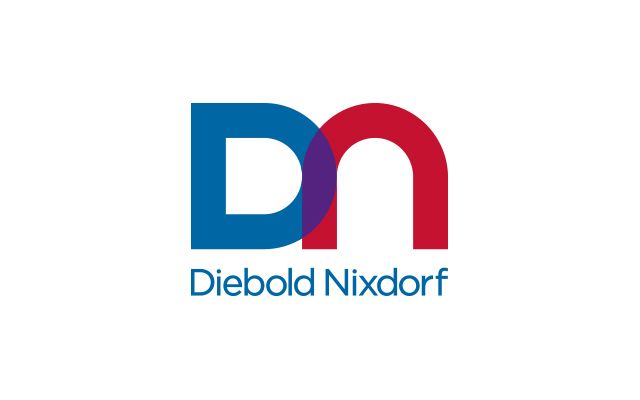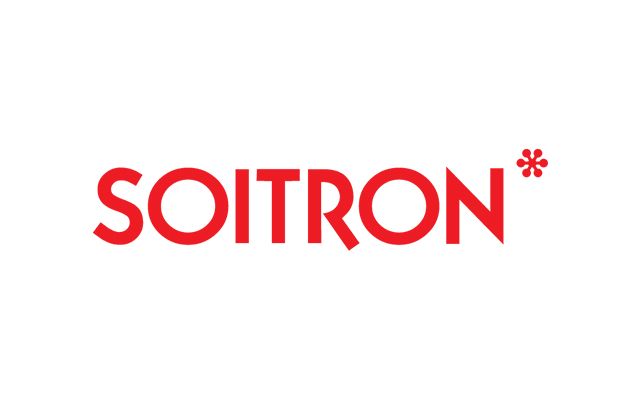CCNA 3 Module
Switching essentials
CCNA 3 Module
Switching essentials
CCNA3: Switching Technologies is the third out of four levels for network professionals to complete in preparation for the Cisco Certified Network Associate (CCNA) exam.
The CCNA3 module focuses on basic and more advanced switching methods in LANs. In the course of it, the logical segmentation by VLAN networks, configuration and synchronization (via the VTP protocol) on switches from Cisco, as well as the routing between VLANs, will be explained to the participant. The 802.1q VLAN tagging method will be explained. EtherChannel technology demonstrates the mechanism of connecting multiple physical links to increase transmission speeds. The principles of redundant networks will be covered, from design to avoiding central points of failure with FHRP protocols. Finally, a switching loop prevention mechanism - the STP family of protocols - will be discussed in depth.
Module CCNA3 is momentarily available only as a part of ICND2 package or in Composite module.
Day form (online):
MON - FRI from 08:00 AM to 4:00 PM
(min. number of participants: 4)
Distant form (online):
MON - FRI from 04:00 PM to 8:00 PM
Saturday from 8:00 AM to 4:00 PM
(min. number of participants: 4)
Prerequisites for training
For successful completion of this course, module CCNA1 and CCNA2 is required to be completed or at least have knowledge and skills at its level.
Course objectives
- Configure and solve basic operations in a network with switches.
- Describe logical segmentation by VLAN networks.
- Master basic operation and troubleshooting of VLANs on switches.
- Describe the differences in routing between VLANs on routers and multilayer switches.
- Configure and troubleshoot inter-VLAN routing on routers and multilayer switches.
- Describe the 802.1q standard, frame tagging and transmission of tagged frames in a switched network.
- Explain the operation of the VTP protocol.
- Configure and troubleshoot VTP protocol.
- Characterize a redundant network and benefits for network stability.
- Configure and troubleshoot HSRP and VRRP protocols.
- Explain the operation of the STP protocol, describe the differences between the PVST+ and RPVST+ variations.
- Configure and troubleshoot STP variations.
Benefits of the study
- Access to study materials in electronic form 24/7
- Study materials are available in slovak and english mutation
- Access to electronic book (e-book)
- Online access to the state of the art labs on real Cisco devices 24/7
- Online access to many state of the art exercises in Cisco Packet Tracer network simulator
- Option to graduate in Cisco Networking Academy Program free of charge
- Option to obtain internationally recognized certificates from Cisco
- Option to obtain reference letter from Cisco
- Option to lend computer hardware for free during the study
- Option of individual consultations with a lecturer beyond the scope of the study
Course overview
Chapter 1: Ethernet, VLAN, DTP
- Ethernet as a technology, frame header.
- The switch – how it works in the network, how it learns MAC addresses, how it switches frames.
- Frame switching methods - store and forward switching, cut-through switching, fragment-free switching.
- Hardware equipment of switches – fixed, modular and stackable configuration.
- What are VLANs, benefits in segmentation and configuration on Cisco switches.
- Routing between VLANs – router-on-a-stick, routing on multilayer switches.
- 1Q protocol (trunk) – how is tag added into the frame, transmission of tagged frames between switches in VLAN networks, 802.1Q header and its fields.
- Dynamic Trunking Protocol (DTP) – configuration modes (static, dynamic), DTP frame header and its fields.
- Description of possible attacks on VLAN networks, prevention.
- Hierarchical network model, description of core layer (backbone), distribution and access layers.
Chapter 2: VTP protocol, etherchannel
- EtherChannel - connecting multiple physical lines into one logical port.
- Protocols of etherchannel – PAgP and LACP.
- Advantages and limitations of port grouping.
- Configuring and troubleshooting channel groups.
- Synchronization of VLAN database – VTP protocol.
- VTP versions.
- VTP modes: server, client, banner.
- VTP domain.
- VTP pruning.
- VTP configuration and troubleshooting.
Chapter 3: Network redundancy, FHRP protocols
- Explanation of proper network design without central points of failure, gateway redundancy by FHRP protocols (HSRP, VRRP, GLBP).
- HSRP - properties, concepts of active and backup router.
- HSRP – selection process for active and standby roles.
- HSRP – interface tracking, configuration.
- HSRP – equal load distribution between multiple gateways.
- HSRP – configuration and troubleshooting.
- VRRP – characteristics, selection process for master and backup roles.
- VRRP – configuration and troubleshooting.
- GLBP – characteristics, roles in GLBP group.
Chapter 4: STP protocol (PVST+, RPVST+)
- STP operation, root bridge selection and elements that affect it.
- Variations – PVST+, RPVST+.
- STP data unit – BPDU (explanation of selected header fields).
- Sequential check flow to detect current best BPDU frames.
- Port roles and states of PVST+ and RPVST+ variations.
- RPVST+ and faster convergence using the quick-shake method.
- Protection against unauthorized devices intervention in the STP topology.
- Protection against unauthorized devices connecting to the STP topology.
- Modification of STP topology calculations.
- Configuration and troubleshooting of individual STP variations.
Chapter 5: Module overview, preparation for the final exam
- Preparation for theoretical exam.
- Preparation for practice exam.



